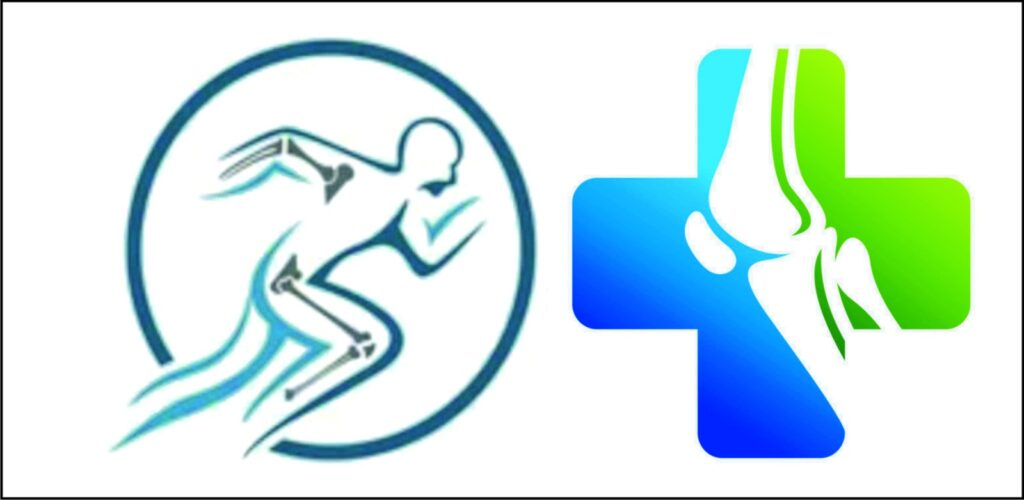It is a condition characterized by the shoulder joint becoming painfully stiff and severely restricted movement.
This occurs due to the thickening and inflammation of the connective tissue, or the shoulder joint capsule, that surrounds the joint.
The shoulder capsule contains ligaments that connect the top of the humerus (upper arm bone) to the shoulder socket, maintaining the joint’s stability.
The condition is termed “frozen” because the pain discourages movement, leading to further tightening and stiffening of the capsule, further restricting motion.
What are the symptoms of a frozen shoulder?
Frozen shoulder, or adhesive capsulitis, features a progression through three stages:
- Freezing stage: Over six weeks to nine months, your shoulder will progressively stiffen and become painful, with symptoms intensifying particularly during nighttime.
- Frozen stage: The pain might decrease, but the stiffness remains, making daily activities challenging for another two to six months.
- Thawing stage: Over six months to two years, pain decreases, and mobility slowly returns, potentially restoring full strength and motion.
What causes a frozen shoulder?
The precise cause of a frozen shoulder remains unclear, but it involves inflammation that thickens and tightens the shoulder joint capsule.
Scar tissue forms and the shoulder becomes less lubricated, severely restricting movement.
Risk factors encompass being
- Aged between 40 and 60
- Recent shoulder immobilization due to injury or surgery
- Diabetes
- Stroke
- Thyroid diseases
which can restrict movement or alter hormonal balance.
How is a frozen shoulder diagnosed?
Diagnosis typically involves reviewing symptoms and medical history, followed by a physical exam to assess pain and range of motion.
Doctors compare
- Passive (movement by the examiner)
- Active (movement by the patient) shoulder motions.
X-rays can rule out other issues like arthritis, and while MRI and ultrasound aren’t necessary for diagnosis, they may be used to check for other shoulder problems.
What treatments are available for frozen shoulder?
Treatment focuses on relieving pain and restoring motion:
- Non-invasive treatments: Hot and cold compresses, and over-the-counter pain relievers can manage pain and swelling. Physical therapy and home exercises improve flexibility and strength.
- Invasive treatments: If symptoms persist, manipulation under anesthesia may be performed to break up the tight joint capsule. Shoulder arthroscopy might be used to cut through the tight parts of the joint capsule. These procedures are often combined to enhance effectiveness.
Can frozen shoulder be prevented, and what is the outlook?
Preventive measures include early physical therapy following a shoulder injury to maintain movement and flexibility.
Most people recover significantly within one to three years, with simple treatments like pain relief and physical therapy greatly aiding recovery.
Even untreated, the condition gradually improves, although more slowly. Surgery remains a last resort for persistent cases.
This approach to managing frozen shoulder highlights the importance of timely intervention and tailored treatment strategies to improve the quality of life.


